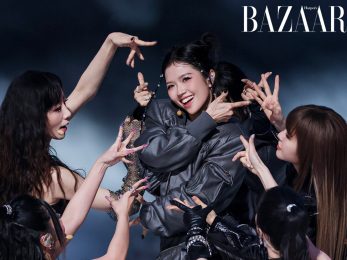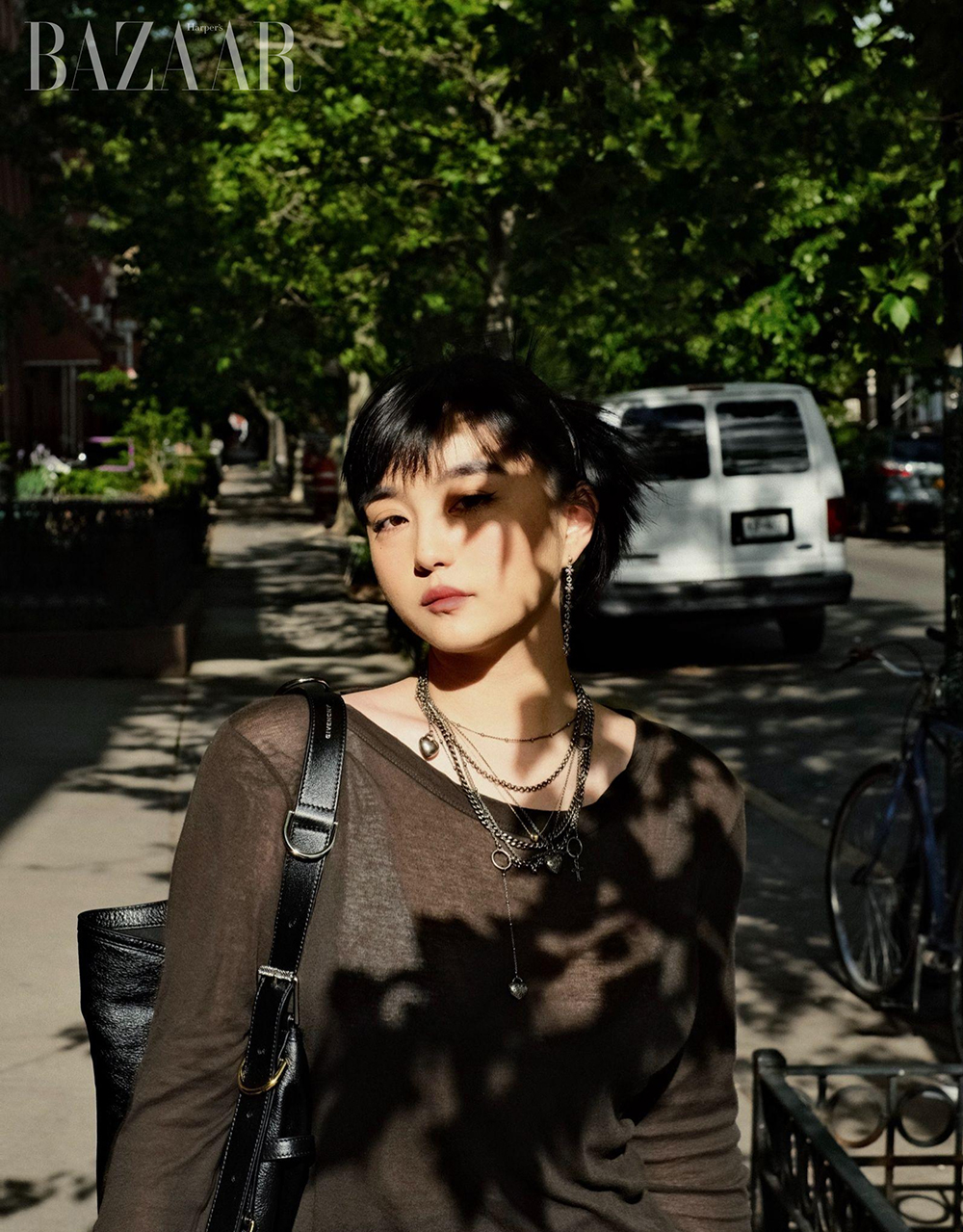
Ningjia Zhai shared a personal story that sheds light on her admiration for Asian culture. During a visit to the Palace Museum in Beijing, she encountered an exhibition featuring the works of Bada Shanren, whose painting style deviated significantly from the norms of his time. His unconventional painting style, characterized by simple subjects like flowers and fruits, left a lasting impression on her. Despite their apparent simplicity, Bada Shanren’s paintings exuded a sense of spirituality that resonated deeply with Ningjia.
For Ningjia, Bada Shanren’s unique approach represents a pursuit of individuality, whether expressed through art or tattoos. She finds beauty in the divergence between Asian and European artistic traditions. While European art tends to prioritize precision, Asian culture embraces imperfections and the art of simplification, resulting in a presence that captivates through its authenticity and depth.
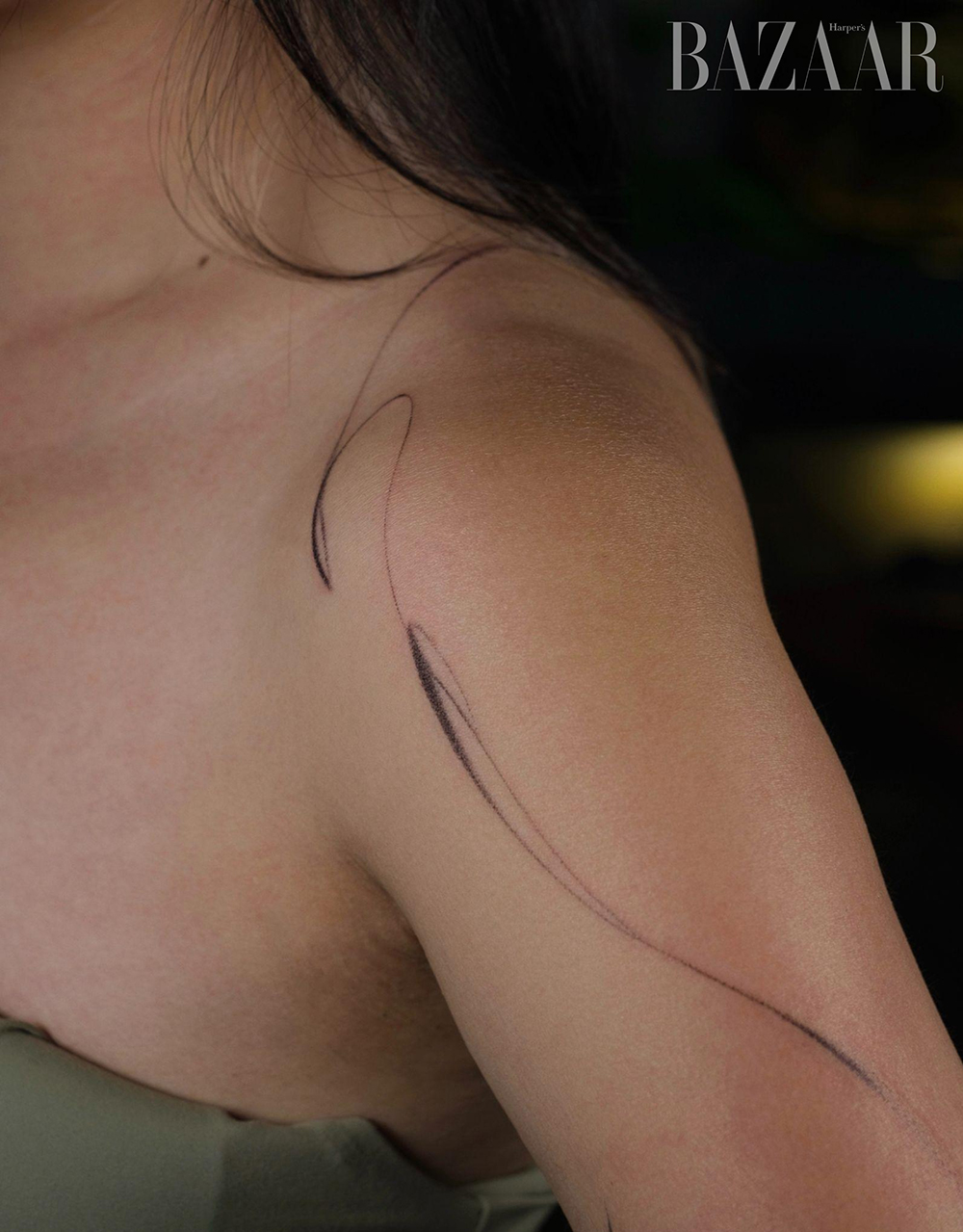
Ningjia Zhai shared her work philosophy with us. Recently, her focus has been on fostering an environment where clients understand that getting a tattoo isn’t necessarily an intimidating experience. Instead, she views it as a meditated and calming journey that encourages clients to share personal anecdotes naturally. With each story shared, it’s akin to witnessing a captivating movie, complete with its own emotional arc—regardless of whether it ends on a happy note or not. “In witnessing the strength drawn from these connections,” Ningjia explains, “I feel akin to a director, entrusted with translating their narratives into visual tales that resonate with others, fostering emotional connections through a single image.”
Her artistic inspiration often originates from these shared experiences, complemented by technical advancements. While mastering the intricate single needle technique requires exceptional skill, Ningjia’s ambition extends beyond mere proficiency. She aspires to embody the essence of a single needle artist, seamlessly integrating the fluidity of brush strokes from her Asian heritage into her work using the single needle technique.
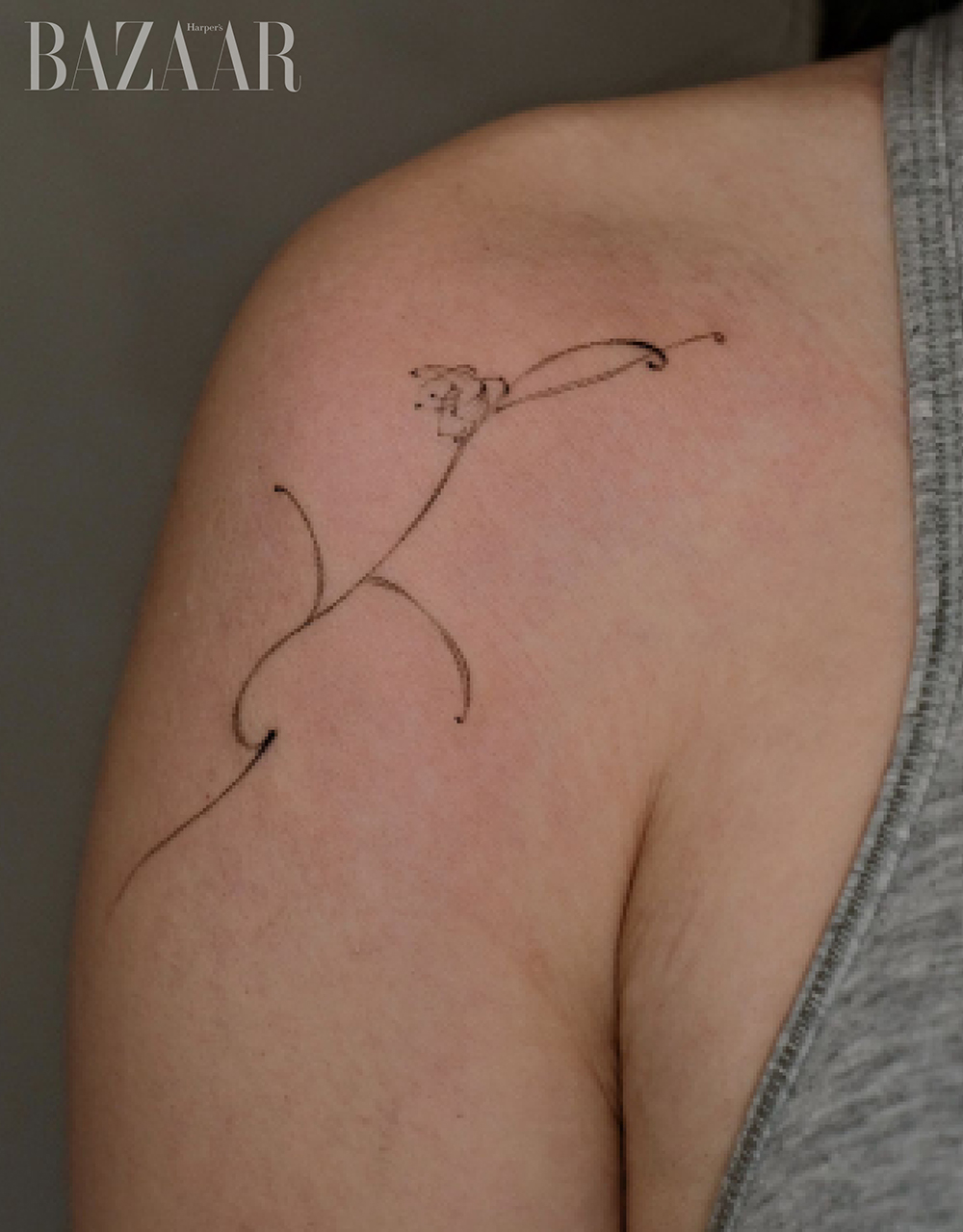
When Ningjia Zhai took the stage to showcase her artwork in the “Best Small Black & Grey” category at the New York Tattoo Convention, both the judges and fellow competitors were inspired by her work. They considered it to be a ‘Chinese ink style’ or ‘Chinese line drawing’. Ningjia responded, “I’ve been asked about my artistic style many times. It evolves and cannot be easily classified into a specific style. If I had to define it, I would say it’s Ningjia Zhai’s style.”

Ningjia Zhai’s artistic style blends influences from various artistic traditions harmoniously. Drawing from her deep appreciation for Asian art, particularly the works of Katsushika Hokusai and Zheng Banqiao, her style transcends conventional boundaries, incorporating aspects of Chinese ink painting, Japanese manga, and the playful demeanor of ancient Asian artworks.
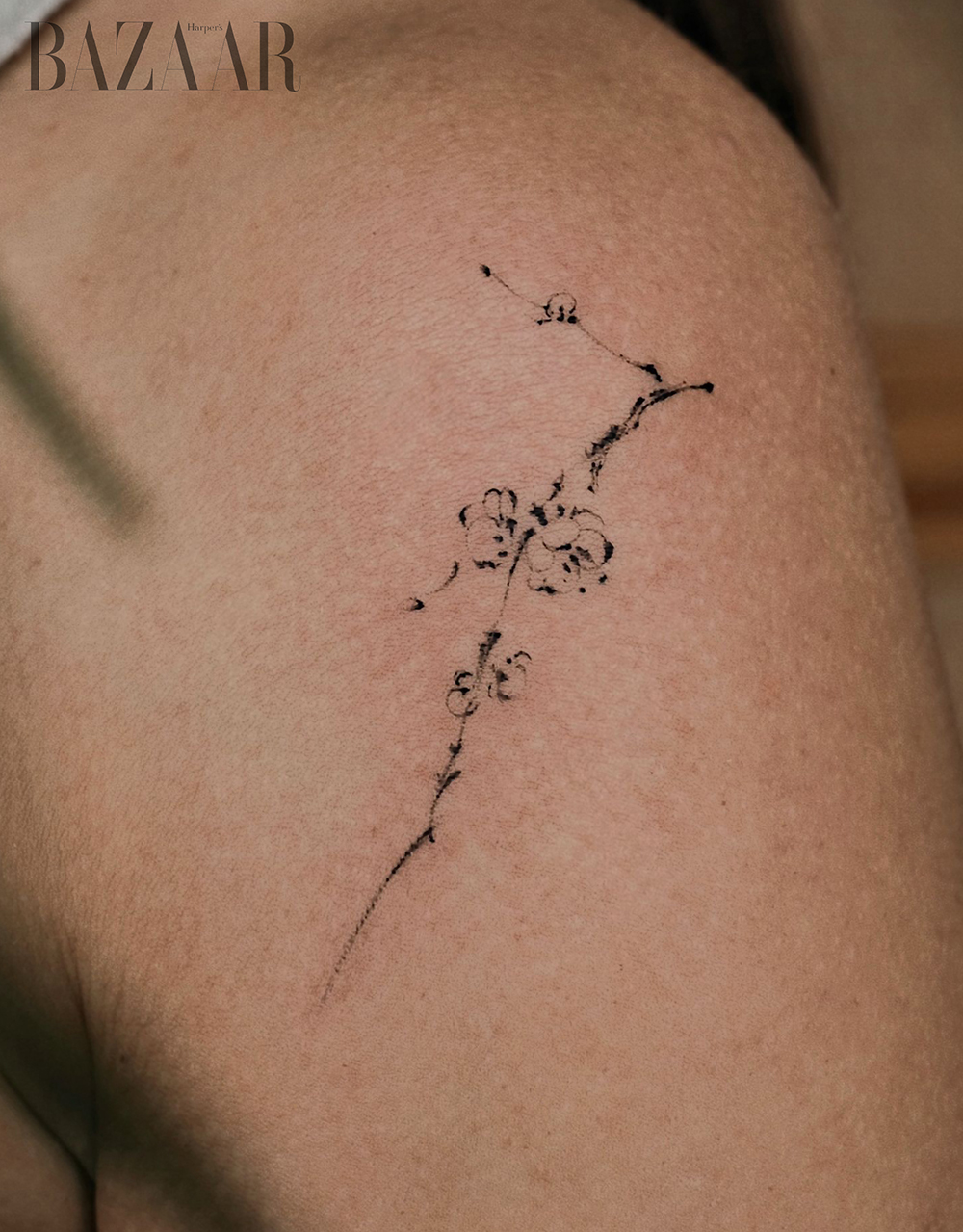
Over time, Ningjia Zhai’s technique has undergone significant evolution. Initially, her focus was on creating pieces with a sense of abruptness. However, her style has since transitioned to embrace a grainier texture. Recently, she has started experimenting with lighter designs, aiming to capture the elusive essence of the wind. This shift reflects her continuous journey of exploration and experimentation across various artistic methods and mediums.
Moreover, Ningjia’s work is marked by its versatility in subject matter, drawing from a broad spectrum of inspirations, including the naturalistic cartoons of 1930s and 1940s American animation. By weaving her unique aesthetic into a diverse array of content, Ningjia Zhai offers a distinctive artistic experience that engages audiences, earning their admiration and appreciation for her innovative work.

Ningjia’s tattoo style is a vibrant tapestry, intricately woven with threads of cultural inspiration and artistic innovation. Her journey, from an initial fascination with the works of Katsushika Hokusai to mastering the single-needle technique, represents a colorful exploration of creativity and self-expression.
Her tattoos transcend mere ink on skin; they are living stories that dance with elegance, whimsy, and spirituality. Each design is a testament to Ningjia Zhai’s deep reverence for nature and her limitless imagination, inviting us on a journey filled with discovery and wonder.
Harper’s Bazaar Vietnam


